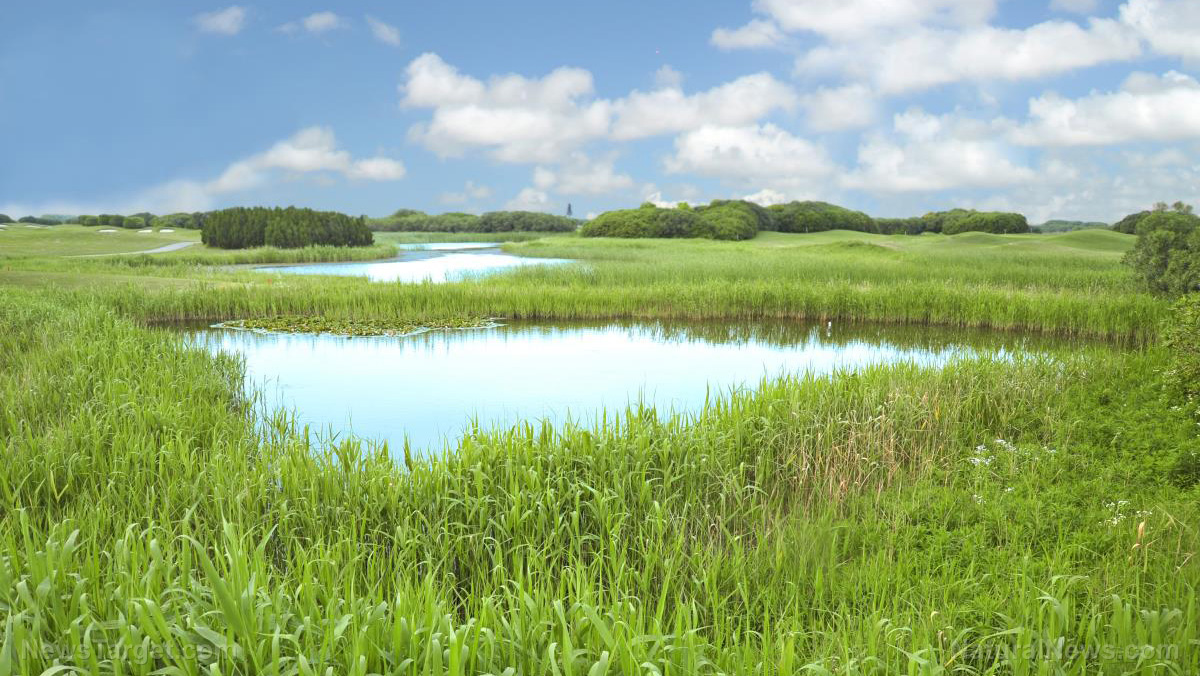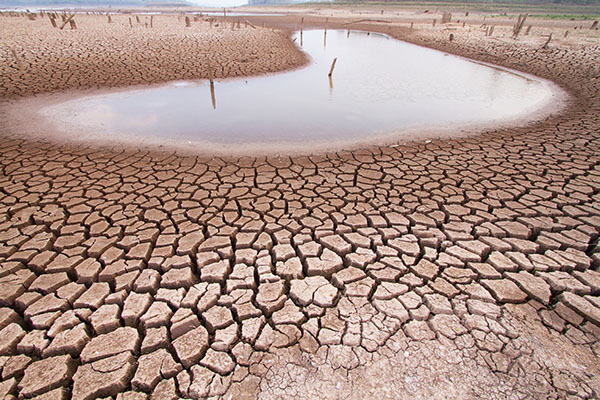
The latest study to make this “connection” was conducted by researchers from Miami University in Ohio and published in the journal Scientific Reports, and claims that global warming causes increased rain, which in turn causes an increase in organic runoff into rivers, lakes and coastal waters. This runoff has resulted in an increase of what is known as “browning,” which prevents the sun’s ultraviolet rays from penetrating and killing waterborne pathogens.
According to the study, global warming is therefore polluting our water and making more people sick from waterborne illnesses, which already affect between 12 and 19 million Americans annually. (Related: Stay updated at CleanWater.news.)
The reason that browning is a concern is because sunlight disinfects bodies of water, but it becomes increasingly difficult for the rays to penetrate if the water becomes filled with dissolved organic matter. Browning also makes it more difficult for treatment plants to do their job and properly disinfect water.
The research team collected water samples from several locations around the globe, including the United States, Chile and New Zealand, and then tested the volume of dissolved organic matter in each sample, as well as the wavelengths of light – including UV light – that the organic matter had absorbed.
Using the Tropospheric Ultraviolet-Visible model — which simulates how UV light is scattered and absorbed as it passes through Earth's atmosphere — researchers determined how much UV light hits the surface of the lakes throughout the year. Researchers also analyzed reflection and refraction off each lake's surface to calculate how much light penetrates the lakes and then, finally, how deeply it reaches.
The Tropospheric Ultraviolet-Visible model also calculates the expected disinfecting power of UV light in a particular body of water based on its dissolved organic matter and other characteristics, a measurement known as “solar inactivation potential (SIP).” In some cases, researchers calculated the SIP across different parts of, or for different time periods in, the same lake.
The scientists found that water was much cleaner in the center of lakes, away from the edges where more human activity takes place. They also determined that SIP decreases dramatically after heavy rainfall, which means that the sun’s ability to disinfect water is then impaired. (Related: Acidic water stripped the lead right out of water infrastructure pipes in Flint, analysis reveals.)
But is climate change really to blame for this problem?
NPR reported back in 2013, that while agriculture is worth close to $140 billion a year and generates over 1 million jobs, it has taken a massive toll on the environment, especially on the quality of water in our lakes and rivers.
Bob Broz, a water quality specialist with the University of Missouri Extension, agreed that heavier rainfall causes more runoff, but admitted that these rains could be the result of “climate change or just variability in the weather conditions.”
Nonetheless, it is conventional farming that is to blame for the pesticides, chemicals and nutrients used for farming that end up in previously pristine bodies of water.
This has a direct impact on the aquatic ecosystem and eventually on drinking water across a wide area.
NPR reported:
Agricultural runoff flows into the lakes and rivers that hundreds of towns draw their water from. For example, herbicide runoff from a farm in Centralia, Mo., might end up in Goodwater Creek, which empties into the Salt River, which then flows into Mark Twain Lake. That lake provides drinking water for 70,000 residents. Water treatment plants spend millions on chemicals to clean up that surface water.
Perhaps rather than blaming the problem on global warming scientists should focus on the root of the problem: the dirty practices of conventional farming.
Sources include:
Please contact us for more information.























